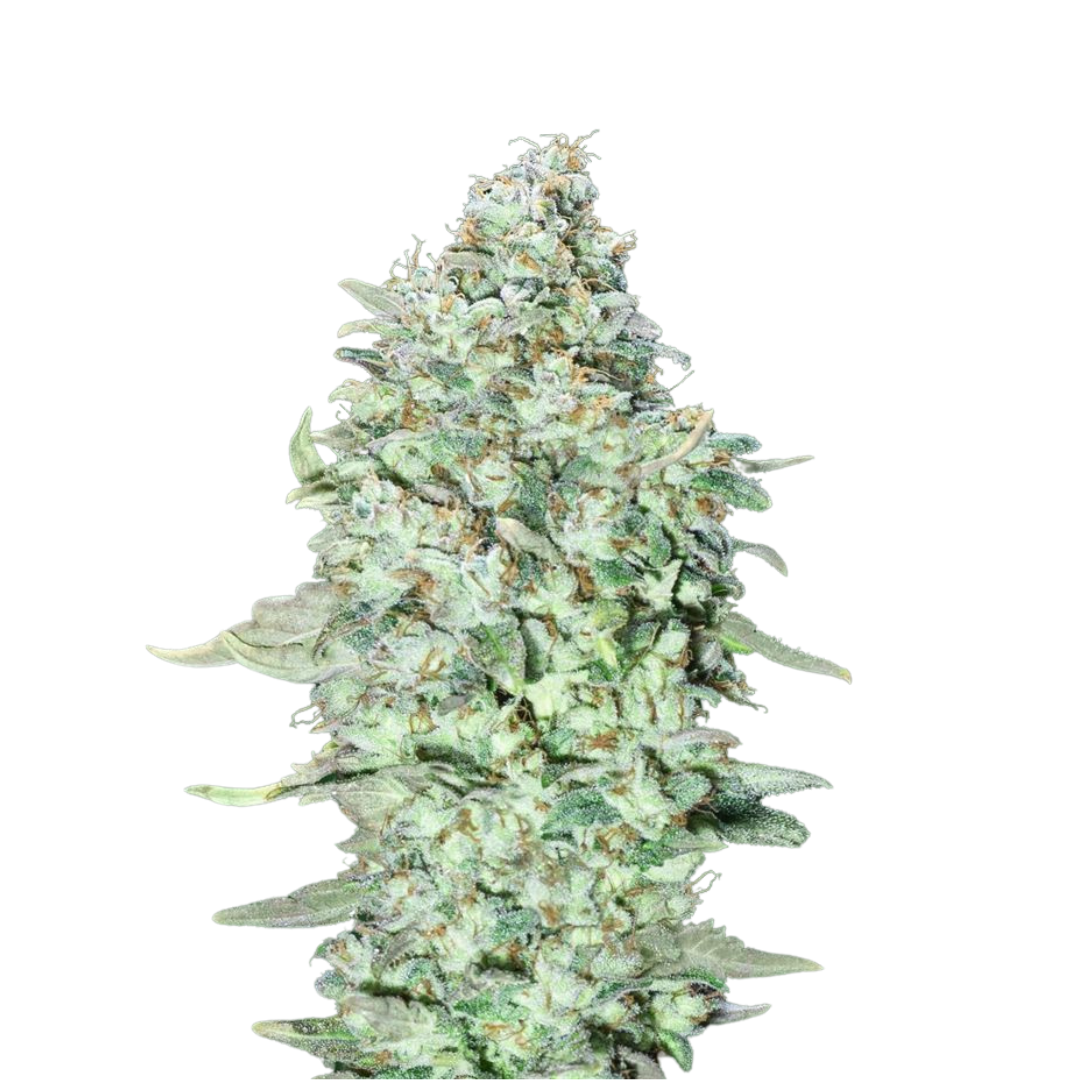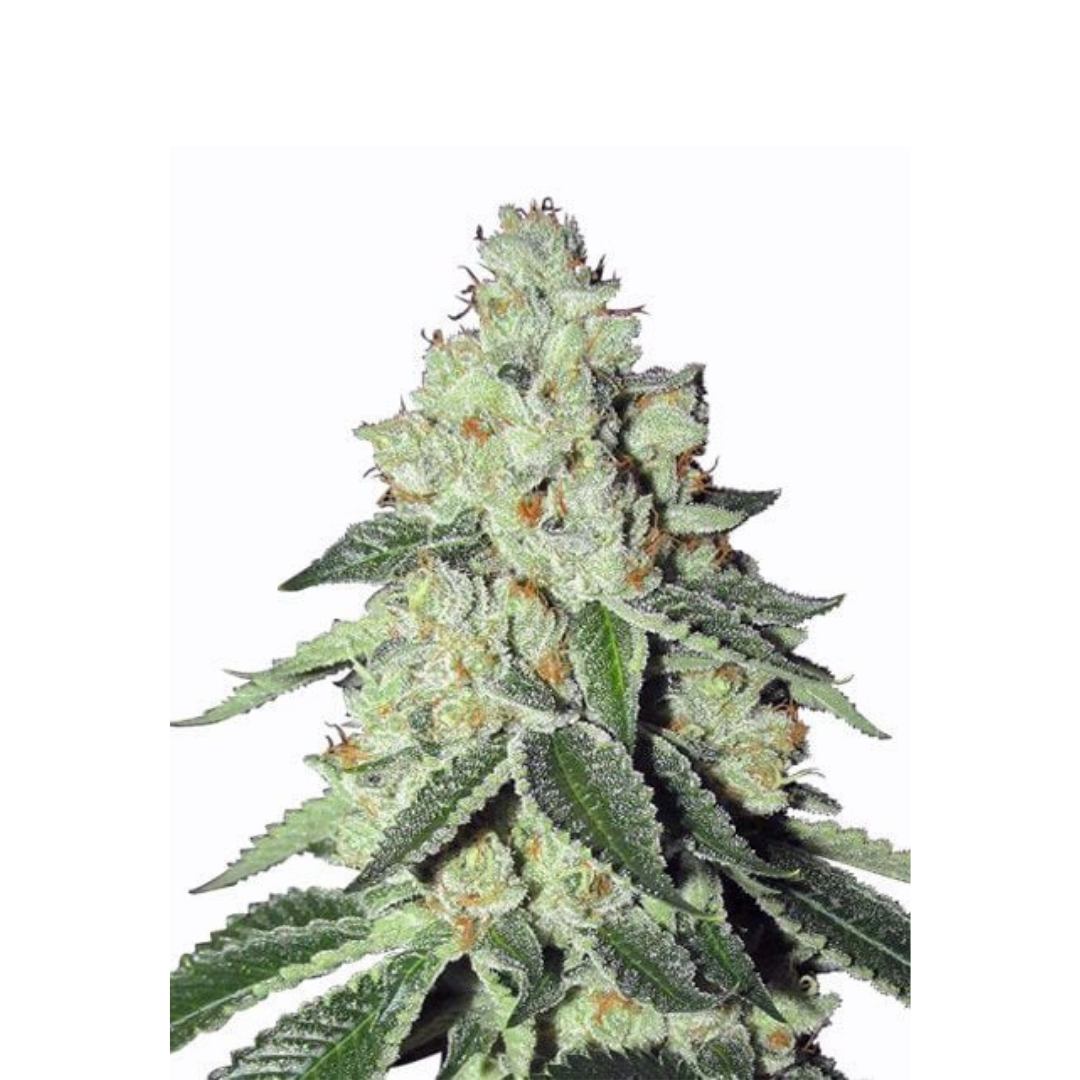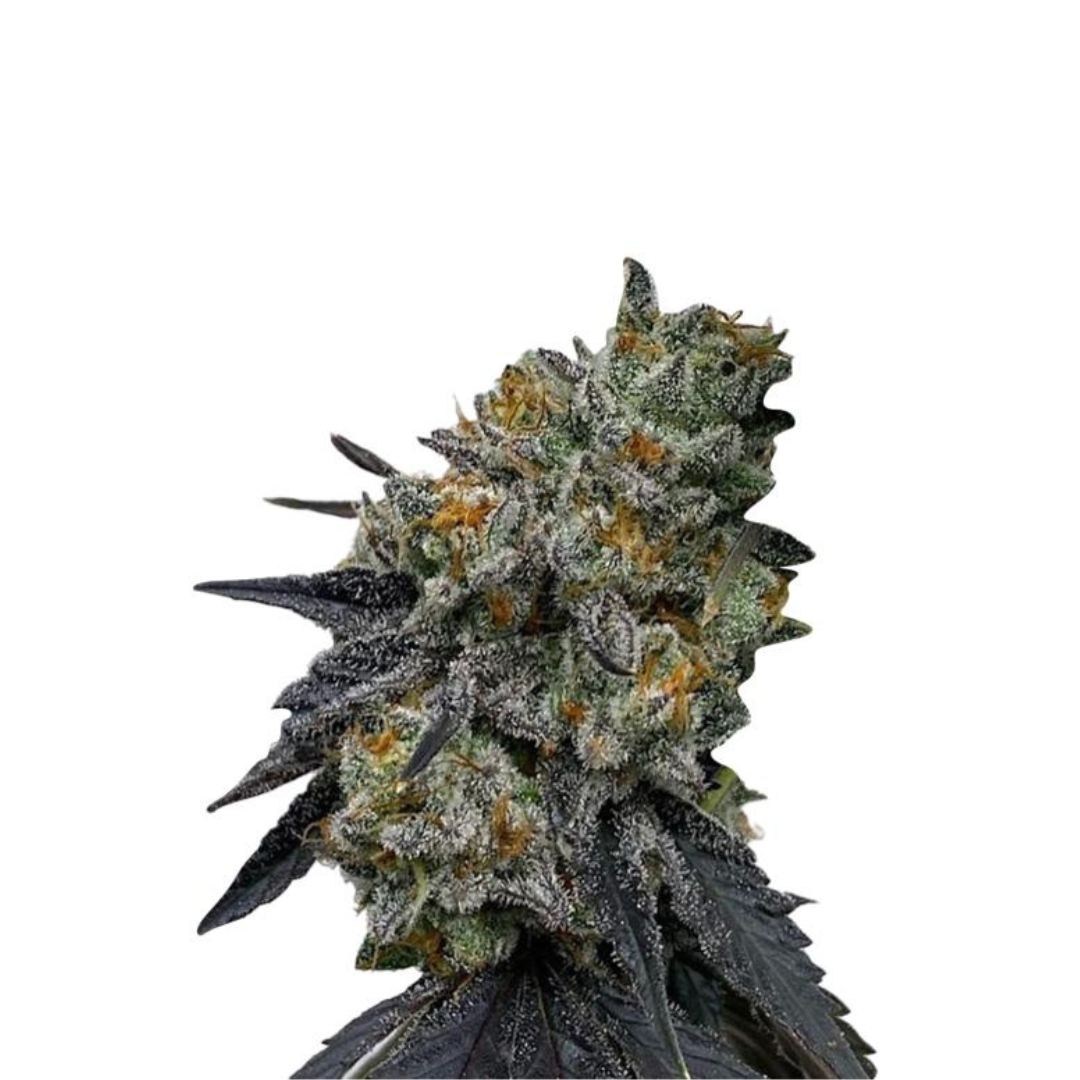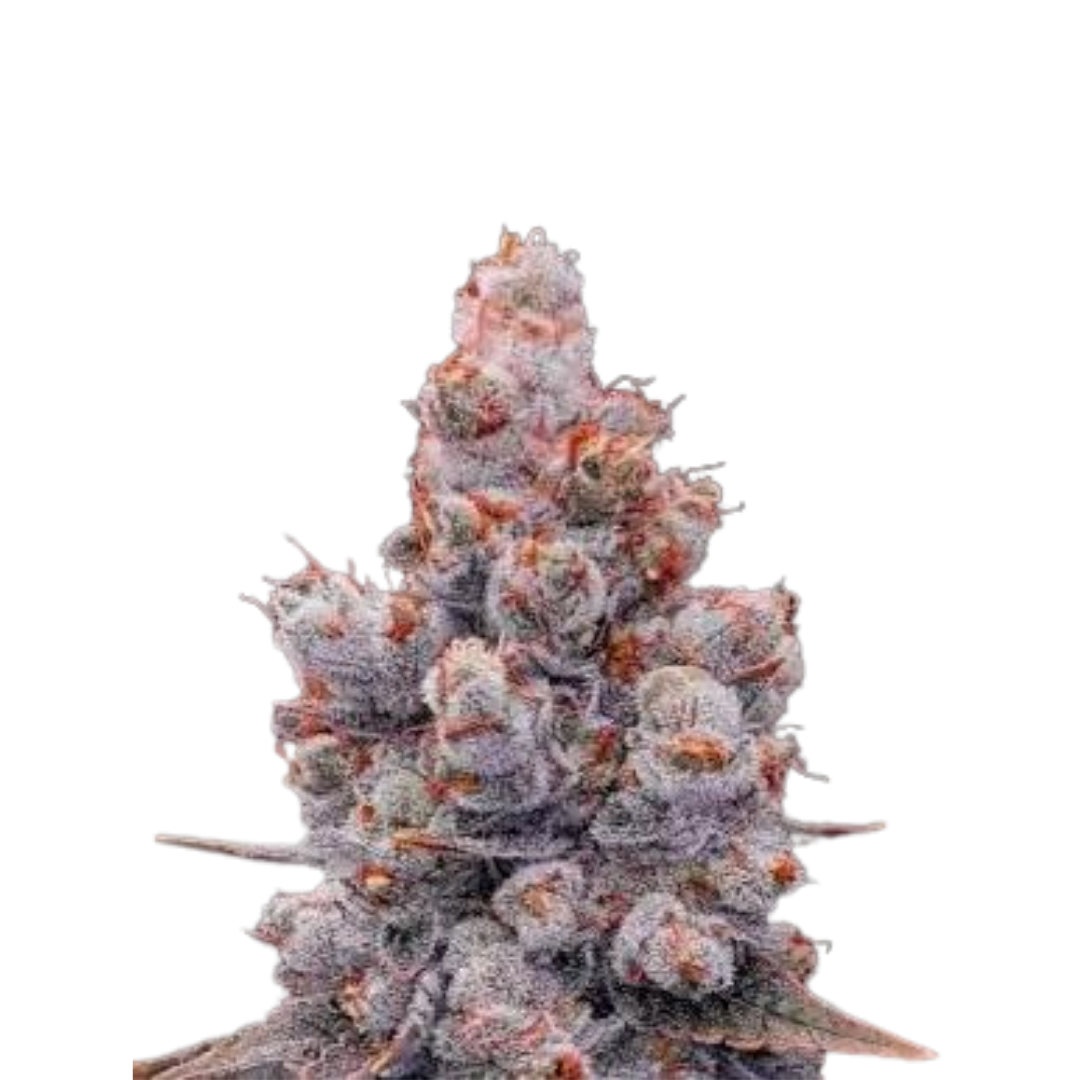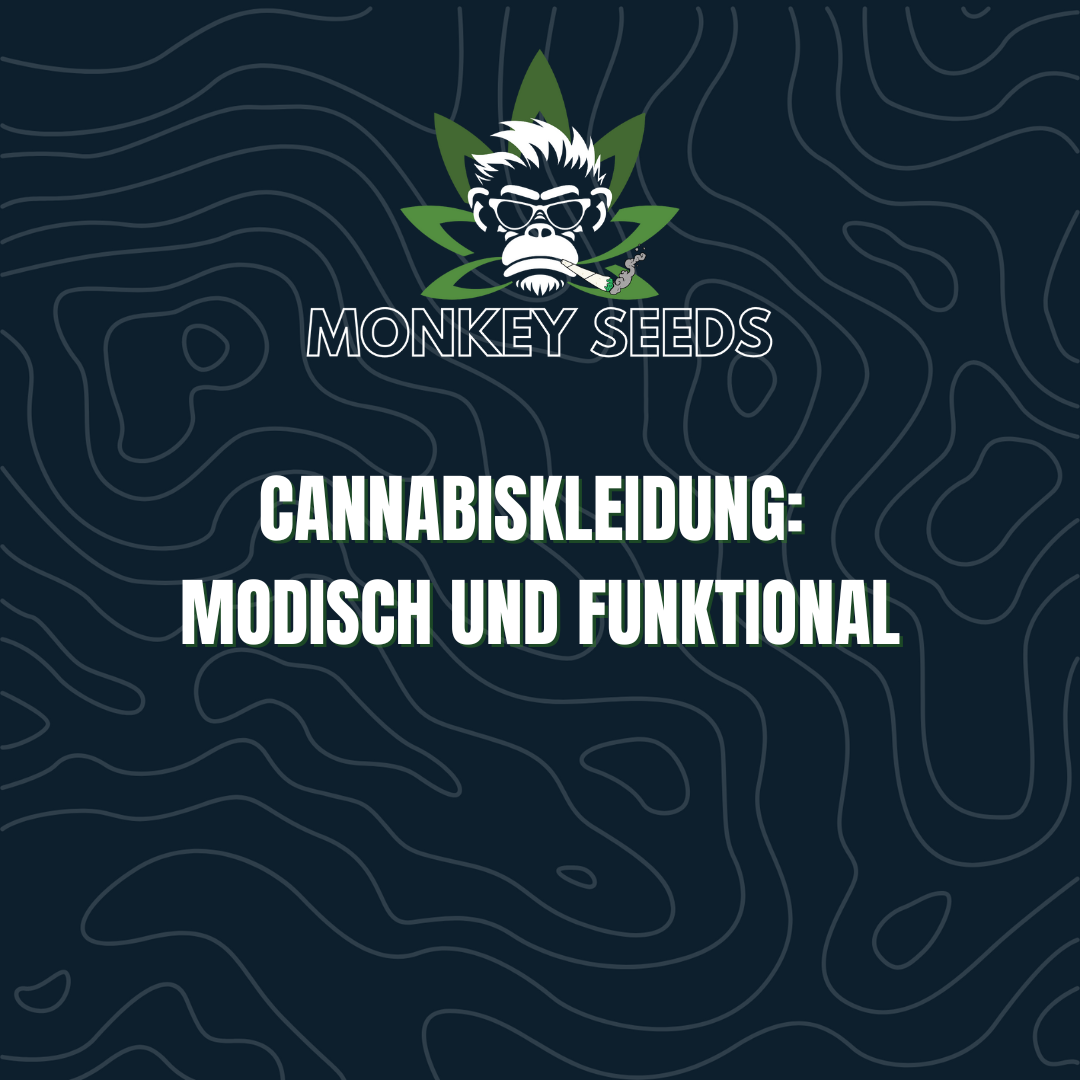Cannabis Flavonoids: A Comprehensive Guide
Flavonoids may not be as well known, but they play an important role in the chemical composition of cannabis. They affect the color of the cannabis plant and can potentially affect the high produced. Here we take a look at flavonoids, their wellness potential, and how they influence the effects of cannabis.
While cannabinoids and terpenes often get the spotlight, flavonoids also deserve attention. These lesser-known compounds are gaining traction in the cannabis world, and for good reason. Not only do they serve important functions in the plant's biology, but they also offer a wide range of potential benefits that we're only beginning to understand.
In this article, we dive deep into the world of flavonoids and explore their influence on the cannabis experience as well as their wellness potential.
Welcome to the world of flavonoids
The term "flavonoids" may not be immediately familiar, but they are all around us. Present in many plants, they are not unique to cannabis, although they play a significant role there. These compounds are produced throughout the plant's anatomy, but in the trichomes they are present in high concentrations, similar to cannabinoids and terpenes. Although their exact influence on the effects of cannabis is not fully understood, it is thought that they may make some contribution, but more on that later.
Definition of flavonoids
Flavonoids are chemical compounds that give plants their color, protect them from biotic and abiotic stress, and perform a number of other important functions. They are produced in the midst of cannabis' complex biochemistry and serve a variety of purposes, many of which are not yet fully understood.
The role of flavonoids in plant biology
These compounds are the multitasking talents of the plant world. Not only do they contribute to the process of photosynthesis, but they also protect plants from harmful UV rays, ward off hungry insects, and even facilitate communication between plants. It's a fascinating system of defense and signaling.
Have you ever wondered why some cannabis plants can take on shades of purple, pink, red or even blue? Well, it's the work of flavonoids - in this case, anthocyanins. These compounds produce pigments in response to temperature changes, changing the appearance of the cannabis plants that contain them.
Therapeutic potential of flavonoids
Flavonoids are much more than just nature's color palette. Recent studies suggest that they may offer some potential wellness benefits, although research on the subject is far from complete. Before we go any further, however, it's important to note that while flavonoids may have holistic benefits in certain cases, it would be inappropriate to assume that one could benefit from smoking them. Combustion destroys most of the beneficial properties.
From cell growth to aging, research on flavonoids ranges from this to the development of new technologies. Let's look at some of the most fascinating findings:
Cancer research
Studies have investigated the influence of flavonoids on the growth of tumor cells and the apoptosis of cancer cells. In particular, the antioxidant properties of certain flavonoids are the focus of cancer research.
Inflammation research
Chronic inflammation is a major cause of many diseases, from heart disease to diabetes. Research has shown that flavonoids, particularly apigenin, can significantly reduce inflammatory markers in the body. Their natural origin and low potential for side effects make them promising candidates for further research.
Depression research
A survey conducted between 2007 and 2010 found that people whose diets were rich in flavonoids were less likely to suffer from depression than those with low flavonoid intake. However, flavonoids are found in higher concentrations in healthier foods, which generally have a positive effect on mood. It may therefore be too simplistic to assume that flavonoids alone are the cause of reduced depression, but a diet rich in flavonoid-containing foods may have a positive effect on mood.
Anti-aging research
Aging is a complex process influenced by many factors, including oxidative stress and inflammation. Flavonoids are being studied for their potential to slow signs of aging and increase life expectancy. Studies suggest that flavonoids may affect the aging process by eliminating senescent cells, inhibiting senescence-related secretion phenotypes (SASPs), and maintaining metabolic homeostasis. However, it is noted that more research is needed before any definitive conclusions can be drawn. Nevertheless, face creams with high concentrations of flavonoids may appear in the future!
A detailed look at cannabis flavonoids
Cannabis isn't just about THC and CBD, or the terpenes responsible for its rich flavors and aromas. The plant is also a rich source of flavonoids - and there are some that are only found in cannabis - called cannflavins.
Below we will first look at the unique cannflavins and then some of the more common and better known flavonoids that are also found in cannabis plants.
Cannflavine
Cannflavins are a group of phenolic compounds unique to cannabis, and in cannabis plants there are cannflavin A, B, and C. Research suggests that cannflavins may have powerful effects on the immune system, making them a promising candidate for future clinical research. Technically, they are prenylflavonoids, found throughout the plant world, with many believed to have some level of antioxidant properties. In herbalism, these compounds are also known as adaptogens.
Quercetin
Quercetin is a well-known flavonoid found in many plants, including cannabis. This flavonoid has been studied quite extensively and its wellness benefits seem potentially wide-ranging. This compound is a plant-based flavonol from the polyphenol group and is found in fruits, vegetables, seeds, grains and more. Because of its bitter taste, it is used as an additive in many foods and beverages. Although quercetin is believed to have some wellness potential, it is not FDA approved.
Apigenin
Apigenin, mentioned earlier, is another flavonoid found in cannabis. In solid form, it has a yellow, crystalline form and is used as a dye for textiles. When it enters the body, it binds to GABA receptors. There is conflicting evidence about the effects this might have, so it is too early to draw conclusions from these interesting facts. However, since it is pharmacologically active, it is likely that this compound has some bearing on the "entourage effect" theory of cannabis chemical synergy.
Kaempferol
Named after the 17th-century German naturalist Engelbert Kaempfer, kaempferol is a flavonoid that may affect inflammation and is found in cannabis as well as other plants like kale, beans, tea, spinach, and broccoli. This flavonoid is not as well studied as others, so it's hard to say how it interacts with the body, let alone what effect—if any—it has on the cannabis high.
Cannabis seedlings: A rich source of flavonoids
When we think of superfoods, hemp sprouts may not be the first thing that comes to mind. But that could change! These young cannabis plants are packed with flavonoids and offer nutritional value that surpasses that of many other sprouts and vegetables. Hemp sprouts are very nutrient-dense, including high flavonoid content.
In fact, cannabis seedlings are probably a much better source of flavonoids than smoked or vaporized buds. Our bodies are designed to absorb flavonoids through the stomach as part of our diet, not through the lungs by inhalation. Since growing cannabis seedlings doesn't require THC-producing plants, you can buy some cheap cannabis seeds and simply grow these seedlings at home. Not only are they healthy, they're legal too!
Do flavonoids affect the cannabis high?
There may still be gaps in the research, but there is speculation that flavonoids may affect the cannabis experience by contributing to the entourage effect and subtly influencing the nuances of each strain. It is speculated that their influence on extracts and concentrates could be a crucial factor in customizing cannabis products.
However, we don't currently know what each flavonoid does on its own, let alone what effects it has when combined with a range of other psychoactive compounds. So while it's certainly possible that flavonoids can affect the high, don't choose your strains based on flavonoid content just yet!
The future of cannabis flavonoids looks promising
The prospects for new discoveries and applications of these colorful molecules are promising. Currently, our understanding of flavonoids is limited, and it will be some time before this changes. The exact role flavonoids play in the effects of cannabis and how they affect our well-being remains unclear. Nevertheless, it is exciting to learn more about our favorite plant. In the meantime, it is fun to grow cannabis seedlings and use them in a tasty salad.
Be alert – flavonoids may soon be as well known in the cannabis lexicon as cannabinoids and terpenes.

